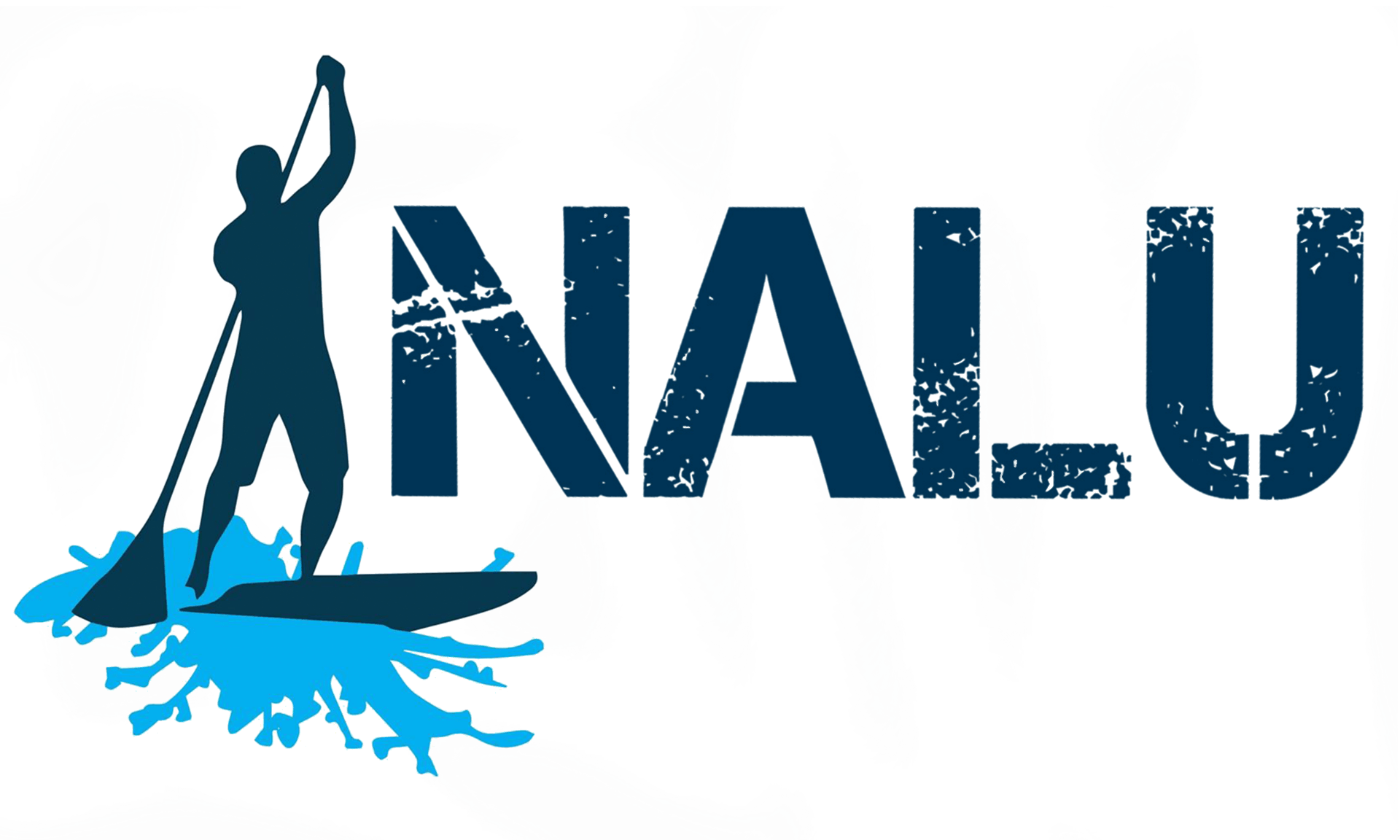How to Paddle Board
How To Paddle Board | NALU
Body Position You want to start out on the paddle board on your knees, holding the sup paddle in both hands. Then push down with you hands on the top of the paddle board and stand straight up. Make sure you are standing at the handle, or slightly below it, as the handle is the middle of the paddle board and most stable point to stand while SUPing. Keep your feet beside each other about shoulder width apart looking towards the front of the board. Bend your knees slightly. The lower you are on the paddle board, the more balanced you will be. Look out over the water and bend your knees to adjust with the changes of the water. Using a longer and/or wider paddle board will be easier because the SUP will have more foam and thus be more buoyant. Also, SUPing on a calm canal or creek will be easier than the ocean.
SUP Paddling Technique When paddling on a paddle board, paddle on your right side to go left and on your left side to go right. Back-paddling is vice verse but will slow you down. You want to enter the water with your SUP paddle at a right angle to go straight. If you paddle at an angle, it will cause the paddle board to turn. Keep your arms slightly bent, by stiff and twist your body using your core instead of your arms. Paddling should predominately work your abs and lower back. If not paddling correctly, your shoulders and arms start to get tired.
Paddle Surfing When paddle surfing, start with standing in normal position, feet beside each other, watching for a good wave to surf. Reading waves is vital to paddle surfing effectively. When you spot a good wave, start paddling to build speed and turn around to paddle with the wave. When you feel the wave pick the back of the paddle board up, switch into surf position with your back foot on the very back of the paddle board and your front foot on the lower third of the paddle board. Put most to all of your weight on your back leg,
If you don't move into surf postion, your paddle board will nose dive into the water, throwing you forward. When this happens, the wave will carry the paddle board forward potentially injuring you or someone else in the water. Try to avoid it. With your weight on your back leg, lean to steer, running parallel and a little forward to get the most out of the wave. Also you can use the paddle to help steer the paddle board. When the wave is finished, you are still standing ready to SUP back through the break and do it again.New Paragraph
NALU
899 Bonito Drive
Fripp Island, SC 29920
843-284-6258
In Season (Memorial Day - Aug 15th)
Sunday - Saturday 10:00am - 4:00pm
Off Season Hours: By Appointment Closed Sundays
Other Links
